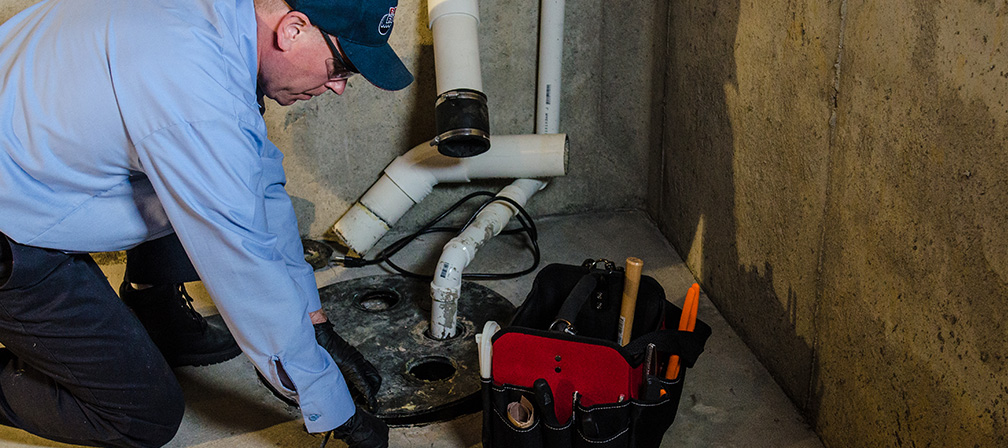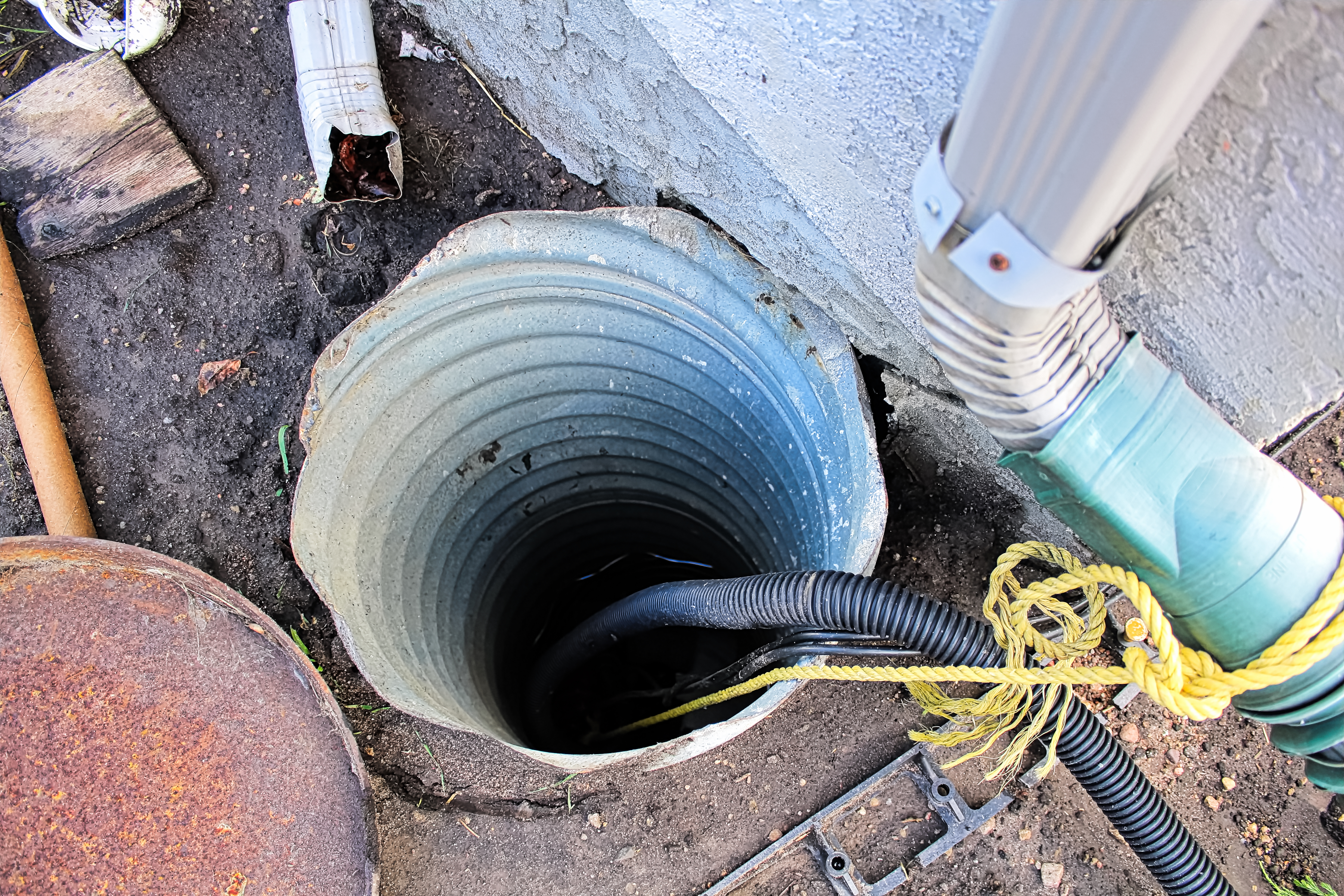Easy Methods to Maintain a Sump Pump
Easy Methods to Maintain a Sump Pump
Blog Article
We have found this article relating to Steps to Cleaning Your Sump Pump Properly down the page on the net and thought it made perfect sense to quickly share it with you on this site.

Sump pumps are crucial components in many homes, especially in areas vulnerable to flooding or too much wetness. They help protect against water damage by successfully eliminating excess water from cellars or crawl spaces. Nevertheless, like any other appliance, sump pumps call for normal upkeep to guarantee they function efficiently when required the most. Cleansing your sump pump is an essential part of its upkeep, and understanding exactly how to do it effectively can save you from expensive repairs and potential calamities.
Intro
Keeping a clean sump pump is essential for its proper functioning and longevity. Neglecting this crucial task can bring about blockages, breakdowns, and eventually, water damage to your building. For that reason, finding out exactly how to clean up a sump pump is important for house owners that rely on these gadgets to keep their basements completely dry and secured.
Indications of a Dirty Sump Pump
Recognizing when your sump pump needs cleansing is important for preventing prospective malfunctions. Some usual indications that suggest an unclean sump pump include weird noises throughout procedure, decreased water flow, and noticeable debris in the pit. If you notice any of these signs, it's necessary to clean your sump pump without delay to stay clear of any type of additional issues.
Preparing for Cleansing
Before you begin cleansing your sump pump, it's essential to take some safety and security preventative measures. Begin by shutting off the power to the pump to prevent any kind of electric accidents. In addition, use suitable safety equipment, such as gloves and goggles, to safeguard on your own from dirt, debris, and potential microorganisms.
Recognizing the Sump Pump
Prior to diving right into the cleansing procedure, it's important to have a standard understanding of just how a sump pump works. Normally mounted in a pit or basin listed below the cellar floor, a sump pump consists of a number of vital parts, consisting of a pump, a float switch, and a discharge pipeline. When water accumulates in the pit, the float button activates the pump, which then pumps the water out via the discharge pipe, away from the structure's structure.
Step-by-step Overview to Cleaning Up a Sump Pump
Shutting down the Power
Begin by separating the power supply to the sump pump to avoid any accidents while cleansing.
Looking For Proper Performance
Prior to re-installing the pump, carry out a fast examination to ensure that the float switch triggers the pump correctly. Put some water right into the sump pit and observe the pump's procedure. If every little thing is working correctly, you can rebuild the pump and reconnect the power supply.
Eliminating Debris and Dust
Make use of a bucket or a scoop to remove any visible particles, dirt, or sediment from the sump pit. Dispose of the particles appropriately to avoid it from blocking the pump or the discharge pipeline.
Cleaning up the Pump and Float Switch Over
Once the pit is free from debris, thoroughly eliminate the pump from the pit. Check the pump and the float button for any type of indications of damages or wear. Use a soft brush or fabric to clean the surfaces and get rid of any type of built up grime.
Purging the System
After cleaning up the pump and float switch, purge the sump pit with tidy water to eliminate any continuing to be dirt or sediment. This will help make sure that the pump runs efficiently and successfully.
Upkeep Tips to Maintain Your Sump Pump Clean
In addition to periodic cleansing, there are a number of maintenance ideas you can comply with to keep your sump pump in optimum problem:
Final thought
Cleaning your sump pump is an important element of its maintenance and makes sure that it operates efficiently when you need it one of the most. By adhering to the steps described in this overview and integrating regular upkeep right into your routine, you can prolong the life-span of your sump pump and secure your home from water damages.
6 STEPS ON HOW TO CLEAN A SUMP PUMP PROPERLY
UNDERSTANDING SUMP PUMPS
Your sump pump plays a crucial role in protecting your home by managing and removing excess water. It primarily functions as a “shield”, guarding your basement against the damaging effects of water accumulation. The pump is housed in a sump pit in the lowest part of your basement, and its job is to pump out any water that collects there.
During heavy rainfalls or when snow melts rapidly, water can infiltrate your basement, posing potential risks like flooding, structural damage, and harmful mold growth. Here, the sump pump springs into action, pumping out the intruding water and directing it away from your home.
SAFETY FIRST
Before cleaning, remember to prioritize safety. Disconnect the sump pump from the power source to prevent any accidental electric shocks. Also, wear sturdy gloves to protect your hands from any sharp or dirty components within the pump.
REMOVE THE SUMP PUMP
After ensuring your safety, the next step is to remove the sump pump from its pit. Doing this might require careful maneuvering as you don’t want to damage any pump components. Once removed, clean the sump pit to remove any accumulated debris or sludge.
INSPECT THE PUMP
Inspect the pump for any visible signs of wear or damage. Check the power cord, float switch, and impeller housing. If any components look worn out or damaged, consider replacing them to ensure optimal performance.
CLEAN THE PUMP
Thoroughly clean the pump with warm, soapy water. Make sure to rid it of any dirt, gravel, or other debris that might impede its performance. You can use a toothbrush to clean the small, hard-to-reach parts of the pump.
REINSTALL THE SUMP PUMP
Reinstall the pump into the sump pit Make sure it’s positioned correctly to remove the water effectively Once it’s back in place, reconnect it to the power source TEST THE PUMP
Finally, pour some water into the pit to ensure the pump works correctly. It should start automatically and begin pumping out the water; if it doesn’t, check the power source and the positioning of the pump.
Remember, while cleaning your sump pump is an essential part of home maintenance, hiring a professional plumber for a thorough inspection and cleaning at least once a year is also important. This will ensure that your pump is in optimal condition, ready to protect your home from potential water damage.
BEST PRACTICES FOR CLEANING SUMP PUMP DISCHARGE PIPES
Regular Inspection: Regularly inspect your discharge pipes, especially during heavy rainfall or snowmelt periods. Look for any signs of blockage or damage. Early detection of problems can prevent serious issues down the line. Periodic Cleaning: Over time, sediment and debris can accumulate in the discharge pipes, impeding the flow of water. Regular cleaning helps keep the pipes clear and functioning efficiently. You can use a high-pressure water jet to effectively clean the pipes. Insulation During Winter: In colder climates, discharge pipes can freeze, blocking the outflow of water. Protect your discharge pipes from freezing temperatures by insulating them with foam pipe insulation. This will ensure the sump pump can continue to discharge water even in freezing conditions. Proper Positioning: The discharge pipe should be positioned to direct water away from your home’s foundation. Improper positioning can lead to water seeping back into the basement. Ensure the pipe is long enough and angled correctly. Installation of a Check Valve: A check valve prevents water from flowing back into your sump pit after the pump has pushed it out. Installing a check valve helps maintain the efficiency of your sump pump and reduces the risk of flooding. Minimize Pipe Turns: Every curve or turn in the discharge pipe can decrease the efficiency of water flow. By minimizing turns and bends in your discharge pipe, you can increase the efficiency of your sump pump. https://www.fullspeedplumbing.com/how-to-clean-a-sump-pump-properly9999/

We were made aware of that editorial on from a friend on a different web page. Sharing is good. One never knows, you may very well be helping someone out. Thanks for going through it.
Schedule Appointment Report this page